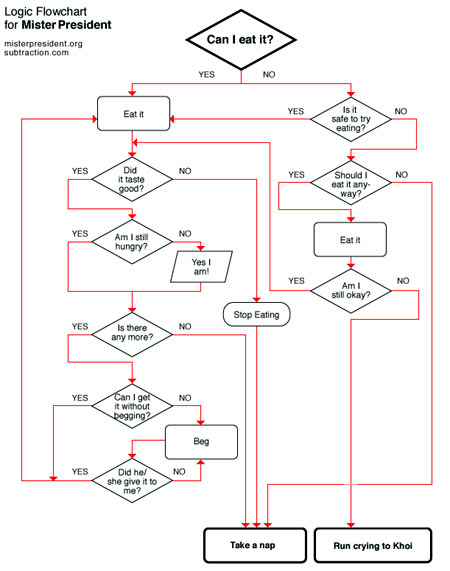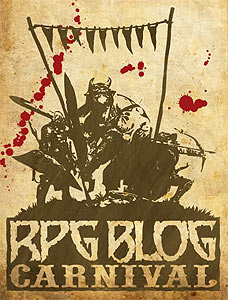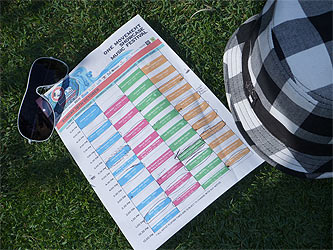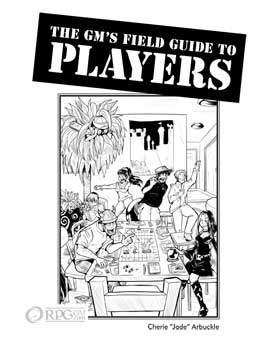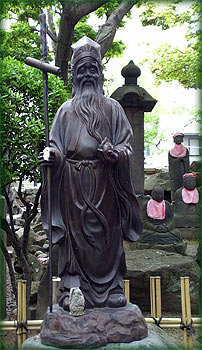 For a long time, I’ve felt like there was something amiss with the way many fantasy games handle gods. It’s take me a while to put my finger on exactly what the problem was. It finally hit me today when I was re-reading an old Dragon magazine with an article giving mechanics a PC cleric can use to convert an NPC to his religion. Here’s what I realized: most games approach pantheons of deities with a very monotheistic mindset.
For a long time, I’ve felt like there was something amiss with the way many fantasy games handle gods. It’s take me a while to put my finger on exactly what the problem was. It finally hit me today when I was re-reading an old Dragon magazine with an article giving mechanics a PC cleric can use to convert an NPC to his religion. Here’s what I realized: most games approach pantheons of deities with a very monotheistic mindset.
It make sense. We live in a world where monotheism is the norm. Religions have one god and that god oversees all aspects of life. Place all our devotion on the one deity who aids and helps us no matter if we’re experiencing money problems or problems with our spouse or kids. We are expected to hold fast to the one singular deity we embrace.
Not so in the pagan world. In a world of pantheons, clerics would devote themselves to one particular deity, but the average person held fast to the gods of his ancestors. Sure, a person might feel a particular closeness to one deity of the pantheon more than the others, say the way a farmer would most likely feel closest to a goddess of crops or fertility. But that would stop her from saying a prayer to the god of oceans, should she need to make an overseas trip. The concept that the goddess of crops would then be offended by this would seem very strange to this farmer.
In a way, you could think of the pantheon as a single god, with each of the individual gods and goddesses as merely aspects of that one deity. Who you prayed or made offerings to would depend on what you needed. Crops withering in the fields? Pray to the god of water to bring rain. Need a husband for your eldest daughter? Pray to the goddess of marriage to find a suitable candidate. Perform regular rituals to the head of the pantheon to assure a stable country.
Using this thinking, a non-cleric character wouldn’t necessarily have to choose a particular deity, but could still be considered very devout.
[Image courtesy of lizardrinking via Flickr Creative Commons]
Articles Zemanta thinks may be related
- City Government Power Bases – Religion (campaignmastery.com)
- The Eleven Most Neglected Deities in Teutono-Norse Mythology (neatorama.com)
- Deities from Inuit Mythology (neatorama.com)
- Mati-Syra-Zemlia: A goddess so mysterious that we’re not sure that’s really her name… (teresawilde.wordpress.com)
- Shinto Deity of the Day – Okuninushi (glitternight.com)
- Difference between Greek and Egyptian mythology (wiki.answers.com)
- 30 Days of Paganism Day 15. Pantheon (anti) – On finding a pantheon. (twistedingenue.wordpress.com)


